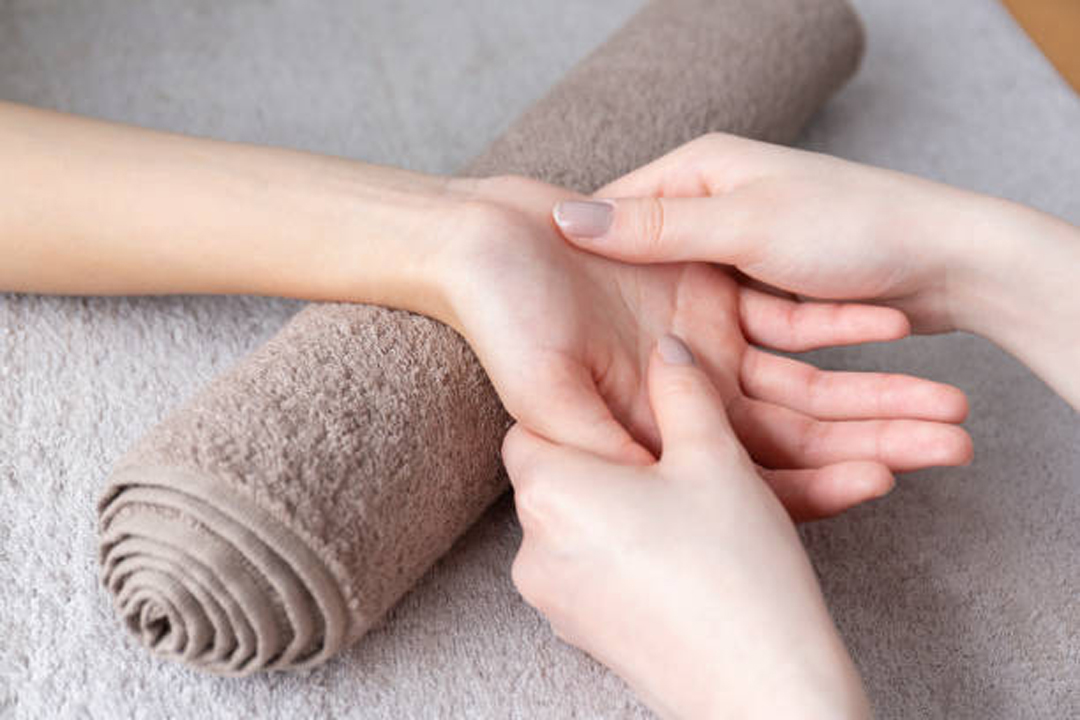Being “stressed out,” or feeling tense and on edge, doesn’t always mean you have high blood pressure. Stress is often thought to cause high blood pressure, but this isn’t always the case. Even though physical and emotional stress can make your blood pressure go up a lot, like when you get into a fight with your boss or get stuck in traffic during rush hour, these spikes are usually temporary and normal. Even if you have to give a presentation at work and feel like you have butterflies in your stomach, your blood pressure will probably go back to normal once the stressful situation is over.
But that doesn’t mean that stress doesn’t put people at risk for high blood pressure. In fact, stress seems to play a big and sneaky role in high blood pressure for a number of reasons.
One important thing to remember is that stress can make or play a role in a lot of other things that can cause high blood pressure, like smoking, drinking alcohol, being overweight, and eating a lot of salt. But can essential hypertension be caused by long-term stress alone?
Yes, especially when it comes to stress from work. A major study published in the Journal of the American Society of Hypertension says that job-related stress is one of the most common reasons why people in modern society get high blood pressure. In a later study with almost 1,000 adults, it was found that work stress was linked to arterial hypertension, type 2 diabetes, and high lipid levels (cholesterol and triglycerides) in both women and men.
It is still not clear how stress can cause high blood pressure. One reason could be the temporary rise in blood pressure that happens when someone is stressed. This rise is caused by a higher level of anxiety and tension, which makes the sympathetic-adrenal medullary system work harder. Experts have found signs of a higher sympathetic tone, which, if it continues, could cause high blood pressure. But it’s not clear if the rise in sympathetic tone is caused by anxiety or if it’s the other way around. This is hard to tell apart because it depends on what people say about their anxiety, which is subjective.
Some studies show that people with chronically high anxiety are more likely to have high blood pressure that doesn’t go away. In a study that lasted almost 20 years, about half of the people who took part got high blood pressure. In a subgroup of over 300 men, high anxiety was a predictor.
The bottom line is that stress is a major cause of high blood pressure. There is a lot of evidence that high levels or long-term, chronic stress can increase sympathetic tone enough in some people to cause essential hypertension. Hypertension may also be caused by stress that lasts for a long time.
Adding stress to other things that put you at risk for high blood pressure can be bad for your heart, cardiovascular system, and health as a whole. So, let’s look at some ways to deal with stress before it gets out of hand.
Acupressure

Acupressure and acupuncture are both ways that traditional Chinese medicine treats high blood pressure. But if you want to deal with high blood pressure on your own, acupressure is a better choice. Before you try acupressure for high blood pressure, you should talk to your doctor. If your blood pressure is too high (200/100 mmHg), you shouldn’t use acupressure at all.
Acupressure is a type of bodywork therapy, just like medical qigong and Tuina. Shiatsu is a Japanese form of acupressure. Acupressure is based on the idea that putting pressure on certain points along channels or meridians in the body can get rid of blockages that stop the flow of chi or qi, which is the vital energy or life force. Acupressure can bring balance, health, and harmony back to the body by getting rid of blockages. Chinese medicine says that there are twelve major meridians that connect organs or groups of organs all over the body.
Practitioners use different parts of their bodies, like their fingers, elbows, feet, and palms, to put pressure on acupoints that are linked to high blood pressure. In traditional Chinese medicine, these acupoints are thought to be linked to blockages in the liver meridian.
Several acupressure points can be used to treat stress and high blood pressure. Once the acupoints are found, they should be pressed with medium to firm pressure for about sixty seconds while deep, slow breathing is done. Then, the pressure should be slowly let go. Acupressure is easy to do and can be done several times a day. Depending on the acupoints chosen, it can be done at home, while watching TV, at the office, while waiting in line at the bank, or during a meeting.
Gb20
Place your thumbs on your earlobes and move them towards the middle of your neck to find the acupoints. Your thumbs will now be about one thumb’s width above your hairline, in a slight depression on either side of your neck vertebra. You can find these points easier if you tilt your head forward just a little bit. The indents should be easy to see. By putting pressure on these acupoints, you can help control the flow of energy and relieve headaches, stiffness in the neck, and other pain.
Ht3 and Lill
To find Lill, hold out your arm in front of your chest like you’re holding a glass. You can find Lill where your elbow joint is, at the end of the crease on your arm. Face your palms toward you and start at Lill to find Ht3. Slide your fingers along the bend in your elbow until you reach the funny bone, which is a bony protrusion. Just above the funny bone, there is a natural depression where Ht3 is. Put the same amount of pressure on Lill with your middle finger and Ht3 with your thumb.
St36
To find the St36 acupressure point, put four fingers flat on your leg below the lower edge of your kneecap. Then, move your fingers one width to the outside of your leg, following your shinbone. You should feel a muscle move under this point when you move your foot up and down. For one minute, put pressure on this spot.







